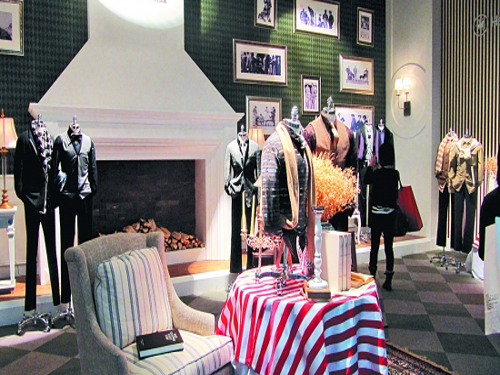When the Internet continues to hit the offline market, traditional shoe and apparel companies have encountered unprecedented challenges today, and “brand uselessness†has been discussed by people. Coupled with the collapse of some small and medium-sized enterprises, as well as the confusion of the survival of small and medium-sized brand enterprises, the pessimism of some brand owners has increased, leaving them no longer focused on products and brands. Shenzhen Yi Ding Peng Packaging Design Co., Ltd. , https://www.ydppackaging.com
However, in fact, from the 2014 annual financial reports released by Fuzhou Bird, Kabin, Anta, Lilang and other “Shangpai Costumes†that were released earlier this year, both sales and profits have increased, and some brand companies’ profits have even reached 20%. According to data from the China Garment Association, from January to December 2014, China’s textile and apparel production, retail sales, exports, profits, and profit margins all achieved growth. “The market is rationally stable and grows steadily for a long time.†This is the Chinese textile industry. The Federation's judgment on the future trend of China's garment industry is that the era of double-digit growth in the past has gone forever, but the high added value of brand companies will become even more prominent in this era. Whoever has a more lasting product Influence and communication power, who will be more invincible.
In 2015, CHIC, the famous brand companies such as Jinba, Shanshan, Taiping, Mark Huafei, and Edenbom all exhibited. For these brands that have already laid a solid foundation for the masses, the meaning of CHIC is far more than an exhibition. When few stone lion companies are still tangling up for “whether they are exhibiting†or “exhibiting in the end,†these preconceived brands have already spread their “brand positioning†and latest products through CHIC. Xiaomi Technology CEO Lei Jun said, "The best product is the best marketing," if a company does not even have a good product, but also talk about marketing and development!
Although this is an era in which everyone is talking about "Internet thinking," whether millet or hammer, Apple or Samsung, regardless of the "Internet marketing" upgrade to the first few layers, in the final analysis, or the product itself. Many stone lions and shoes companies are often troubled by why the products cannot be sold. The answer is simple, because there is no quality and no core competitiveness. Why does UNIQLO's light down jacket become a popular trend, with single product sales exceeding 100 million yuan? Because Yanai is finding the real demand for down apparel for consumers: price, warmth and lightness. In 2015, Uniqlo's CEO Yanai Yang once again surpassed Sun Yat-sen, chairman of Softbank, and became the richest man in Japan. In the eyes of many people, Sun Zhengyi, whose wealth has surged due to Alibaba's landing at Nasdaq, and Yan Jingzheng, who is always rooted in the traditional industry, are actually the industry disputes between the two. In Europe, the name of the richest man still belongs to Amancio Ortega, the ZARA brand's founder. He is also the fourth richest man in the world, second only to Bill Gates and Mexican telecom giant Carlos Slim Elu. Family and Buffett. This shows that "the garment industry is a gold mine", the key lies in whether entrepreneurs will dig.
"No innovative enterprise is a business without souls, and there are no fine companies that are ugly companies. Enterprises without core technology are companies with no backbone." Dong Mingzhu, president of Gree Electric, said. In this ever-changing era, there has been no such thing as “a trick to eat all over the worldâ€, but what is certain is that the textile and footwear industry is a “sunrise industry†that never ends. Look at the sales and production of the two “fast fashion†brands of Uniqlo and ZARA, including the Shishi textile and apparel industry, and the Chinese textile and apparel industry, which has a large population base, has unrestricted room for development. After decades of hard work, the “full-scale industrial chain†of Shishi clothing has been formed, but there are only a handful of shoe brands with high influence in the country. How to use this unique advantage to “return to the product and brand new plasticsâ€? Creating more powerful brands is a question that every practitioner should think about.